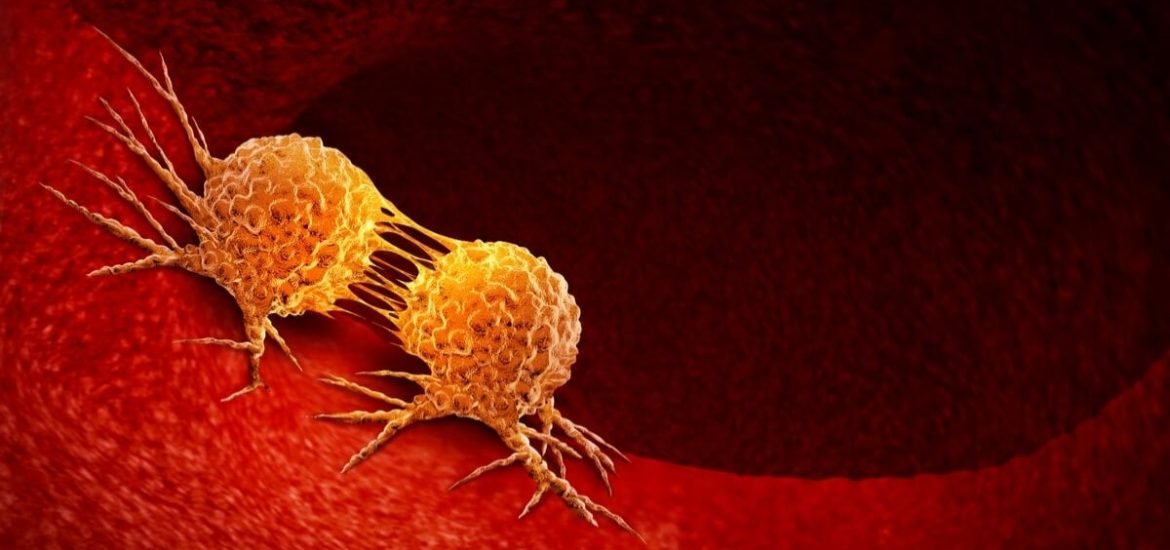
Some candidate cancer drugs fail in clinical trials while others succeed in unintended ways. According to a new paper published on 11 September in Science Translational Medicine, many candidate drugs could be further optimized by identifying the true mechanism of action (1).
Most of the evidence supporting candidate cancer drugs are based on something called RNA-interference (RNAi). The technique allows researchers to silence certain genes to determine which genes and proteins are involved in cancer growth. But silencing one gene can also affect the activity of other genes – and therefore, may produce misleading results.
Indeed, many researchers have lost faith in RNAi screening and CRISPR is now being more widely used to search for new drug leads. However, CRISPR can have off-target effects too, highlighting the need for multiple screening techniques.
So, the team of researchers used several different methods, including CRISPR–Cas9 gene editing, to examine how experimental cancer drugs interact with malignant cells. More specifically, they focused on ten drugs used in 29 clinical trials and in addition, the protein targets have been linked to cancer cell survival and proliferation in over 180 publications – mainly through RNAi screening.
For the ten drugs examined — including seven currently in clinical trials — the molecules targeted by each drug were not, in fact, critical for cancer cell survival. In other words, the drugs did not have any effect on the growth of the cancer cells grown in the laboratory. The therapies still wiped out cancer cells, even when CRISPR was used to silence the target protein in those cells. Thus, the effectiveness of the drugs is clearly not linked to the specific target protein.
What are the implications?
Importantly, these findings do not suggest the drugs won’t work. However, the success of some drugs earlier along the drug development pipeline may be attributed to the candidate drug working on another unknown, unintentional target.
For instance, looking more closely at a drug called OTS964, the scientists discovered that the drug does not target the intended molecule but instead blocks another protein known as CDK11. But this finding is still important, lead author Dr Jason Sheltzer, a cancer geneticist at the Cold Spring Harbor Laboratory in New York, told Science magazine. Inhibitors of other CDKs work well against breast cancer and targeting this one could be a new option.
What does this mean for the future of cancer drug development?
Whereas many of the results were replicable, the scientific interpretation was wrong, Sheltzer explains. But these results are not surprising, according to him and other experts, and may explain — at least in part — why many promising preclinical findings are often not actually reproducible or fail to lead to new effective drug treatments.
Not knowing a drug’s true mode of action could limit its prospects, Sheltzer told Nature. Although caution is also needed since drugs with unknown targets could potentially harm normal cells — as well as the cancer cells they are targeting — leading to unwanted side effects or ‘off-target toxicity’.
Nonetheless, just like in the case of CDK11, other proteins that are potential cancer treatments could be discovered. “There is an unexplored world of cancer targets out there,” says Sheltzer. “By using CRISPR and other technologies to examine these drugs, we might unlock new targets.”
(1) Lin, A. et al Off-target toxicity is a common mechanism of action of cancer drugs undergoing clinical trials. Science Translational Medicine (2019). DOI: 10.1126/scitranslmed.aaw8412